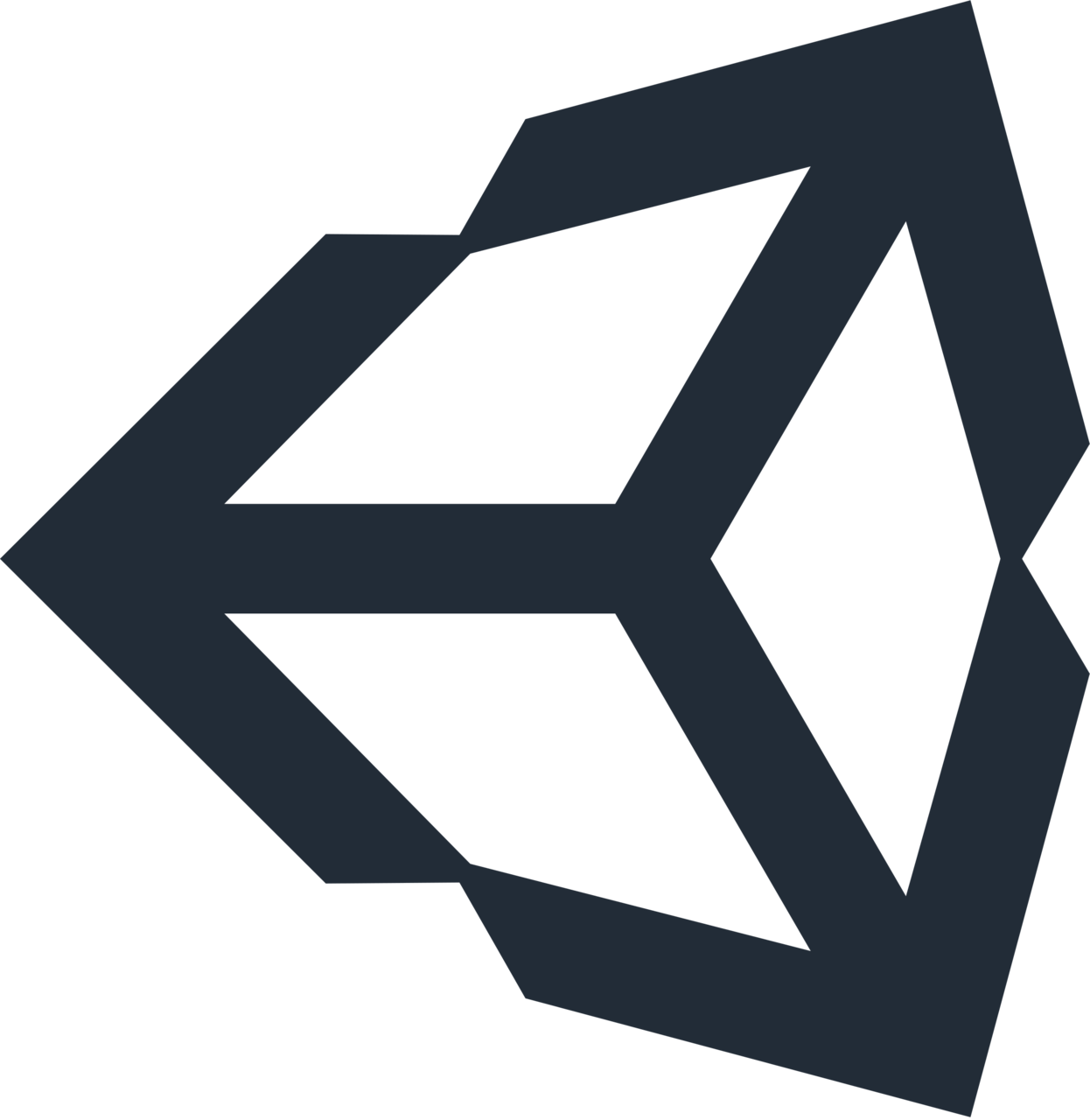Unity is currently the most popular gaming engine used by developers around the world - and for good reason. It has a powerful visual interface for making games, cross platform development, and an active contributing community.
Features of Unity 3D
Here is a list of some of the numerous features of Unity from the technical point of view. These are:
- Creating and Destroying GameObjects
- Access the Components
- Events for GameObject
- Dealing with Vector Variables and Timing Variables
- Physics Oriented Events
- Coroutine and Return Types



